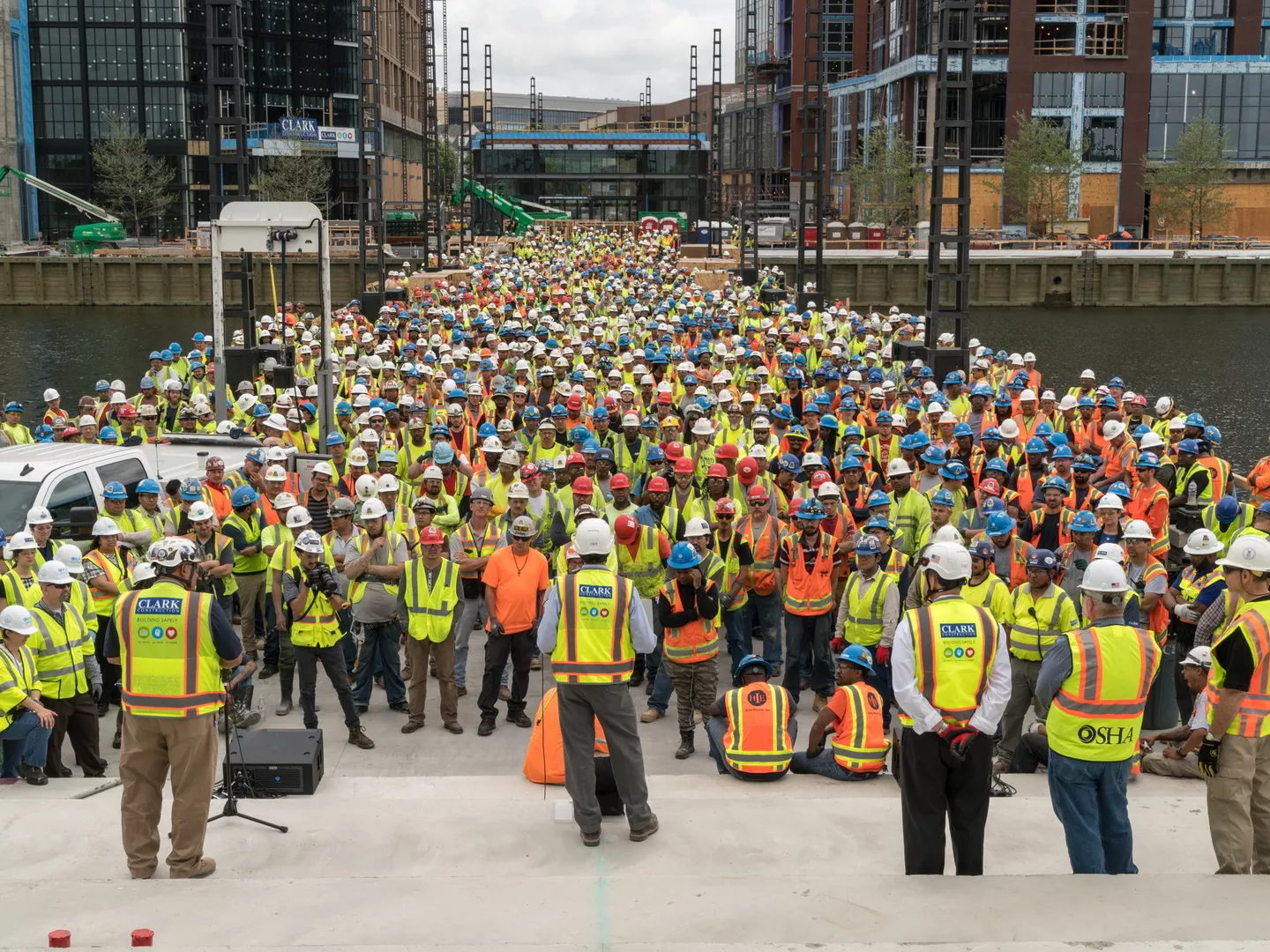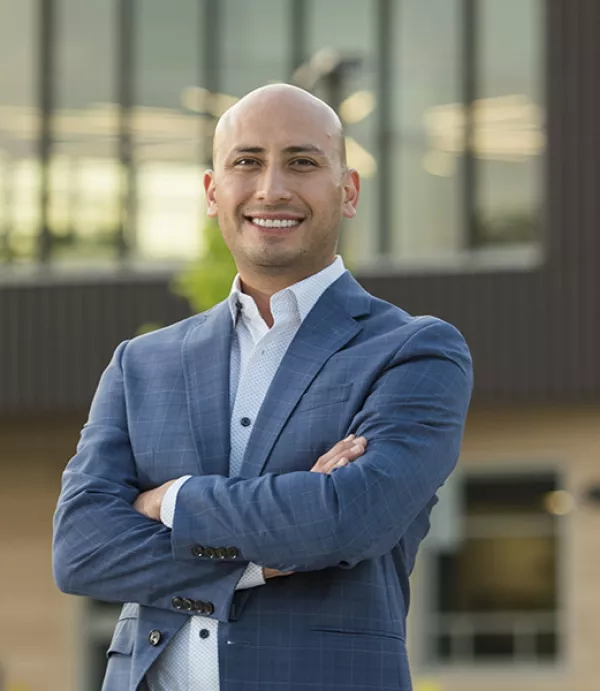"How Do You Build a Culture of Safety?"
August 3, 2016

At our 2016 Safety Conference, we brought together safety managers, superintendents, project managers, and company officers and asked them: "How Do You Build a Culture of Safety?"
As a company, we talk about instilling safety in all that we do — from the office to the field, from executive management to front-line craftsmen — so that every member of our team goes home safely each day. During our recent safety conference, we explored how our company can successfully unify safety and operations and discussed what truly engages a workforce and motivates everyone on site to maintain the highest standard of safety. How, essentially, do you build a culture where working safely goes beyond simply being compliant to become a shared value with every member of the workforce equally committed?
START ON DAY ONE
From a project management perspective, Senior Project Manager and Chairman of Clark's Project Management Steering Committee Ben Eitan noted that a safety culture starts "from day one in preconstruction." Making safety an essential consideration as the team plans the job, the budget, and works with the design team, allows preconstruction professionals and project managers to find ways to engineer and plan safety into the job. "Safety should be explored in each aspect of preconstruction planning," Eitan noted, "including building an appropriate safety budget that accounts for unique aspects of the job."
Early involvement with the design team and client also is critical to bringing a strong safety culture to the site. "We evaluate every aspect of the project to find ways to build safer. Maybe there's an element of the skin that can be installed from the slab instead of the exterior, or a connection that can be made in a shop, not the field," said Eitan. These early efforts to find safer ways to build carry over from preconstruction through the submittal, procurement, and fabrication phases. A team's early and proactive focus on safety with the client and design team establishes a commitment to safety from the beginning. If Clark, our client, and the design team, set the example, subcontractors will follow suit.
WALK IN EACH OTHER'S SHOES
On every project site, we teach that safety should be instilled in every facet of construction operations, but getting to that point takes effort, relationship-building, and understanding. During the conference, superintendents and safety professionals agreed that project safety managers should understand the construction production schedule and workflow to provide maximum value to a team. A safety manager who knows what each trade's daily responsibilities are, including what their expected productivity is, can then make suggestions that improve safety within the workflow. Safety Manager Emily Jorgenson agrees. "A superintendent and safety manager should be actively involved in each other's work. As a safety manager, I believe that my role is to be a resource and assist my superintendents in safely completing the work they need to get done."
TAKE GREATER INITIATIVE
Another way for safety professionals to integrate themselves with a project team is to be more visible and take greater initiative on site. "When safety professionals get a better understanding of a project and build relationships with team members, it helps increase awareness of our safety program and leads to better, site-specific results." said Construction Executive and Chairman of our Superintendent Steering Committee Ben Lord. "If a safety manager takes initiative and comes up with a new idea and then takes action on it, that takes some of the burden off of me. As a superintendent, I appreciate that extra effort." Lord recalled a safety manager's program on a previous project to recognize the workforce. Workers' safe practices were noted and recorded, then announced in front of the entire project team at the end of the month. That public recognition built a strong safety culture on the project. The workers were committed to safety as they saw how important it was to the project team.
GET TO KNOW YOUR WORKFORCE
Maintaining a strong safety culture starts with setting expectations for all workers up front. "We have controls and programs in place," said Atkinson Construction Regional Safety Director Brian Van, "but we need buy-in from the men and women in the field to work a certain way and make good decisions. We have a thorough on-boarding process that focuses on safety for all of our employees, office and field, and reinforces our commitment to safety through recognition programs, regular reporting, and quarterly safety meetings, so front-line workers can see the commitment of project leadership."
Superintendents and safety professionals agree that making a personal connection with foremen and their crews helps affirm an overall commitment to safety and has a tremendous impact on front-line workers. Rick Retiz spent more than two decades as a carpenter before joining our safety department. He has been on both sides of the foreman/safety manager relationship and knows, firsthand, how making a connection has sweeping benefits to a project. "A little bit of conversation goes a long way," he explained. "I take the time to stop and say 'hello' to the foremen, compliment their work, and get on a first-name basis. People are engaged when they feel respected and welcome. These relationships are what drive a safety culture."
After 110 years of building, Clark's safety culture is both strong and established. But we are always looking for new ways to enhance our performance. Safety is everyone's responsibility, whether you are a safety professional, a superintendent, a project manager, a foreman, or a front-line worker. We are continually looking for ways to improve our safety program and keep our culture strong, united, and focused.


